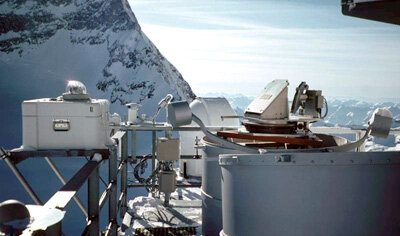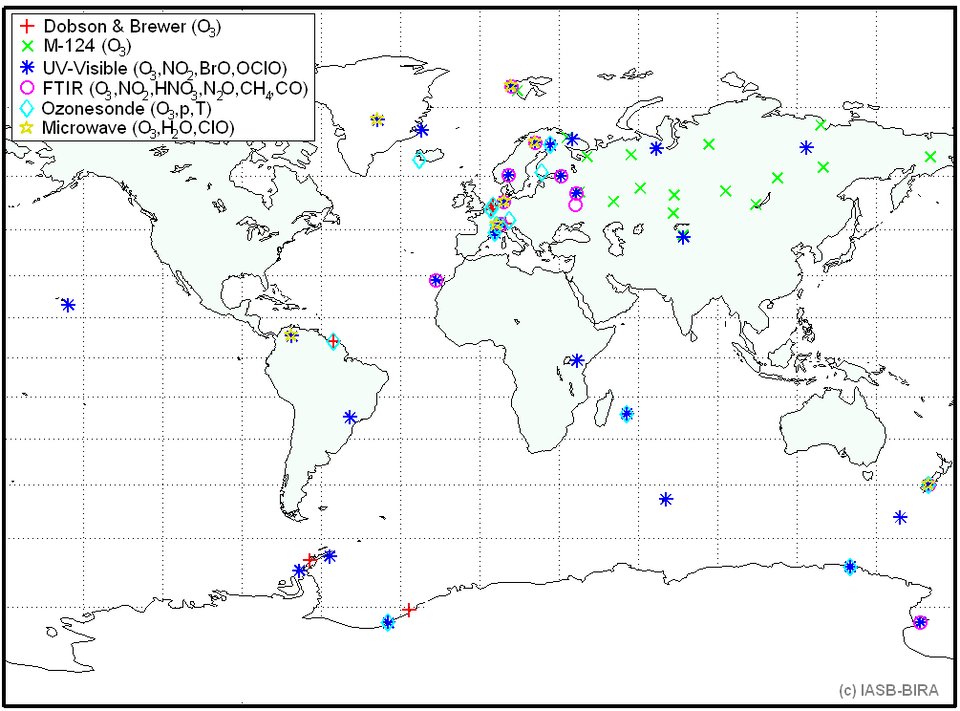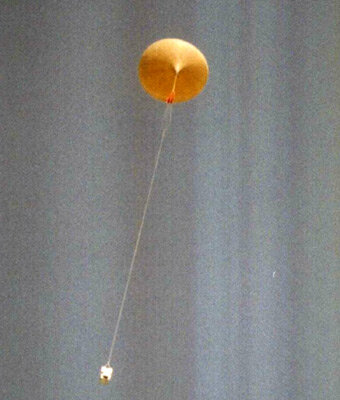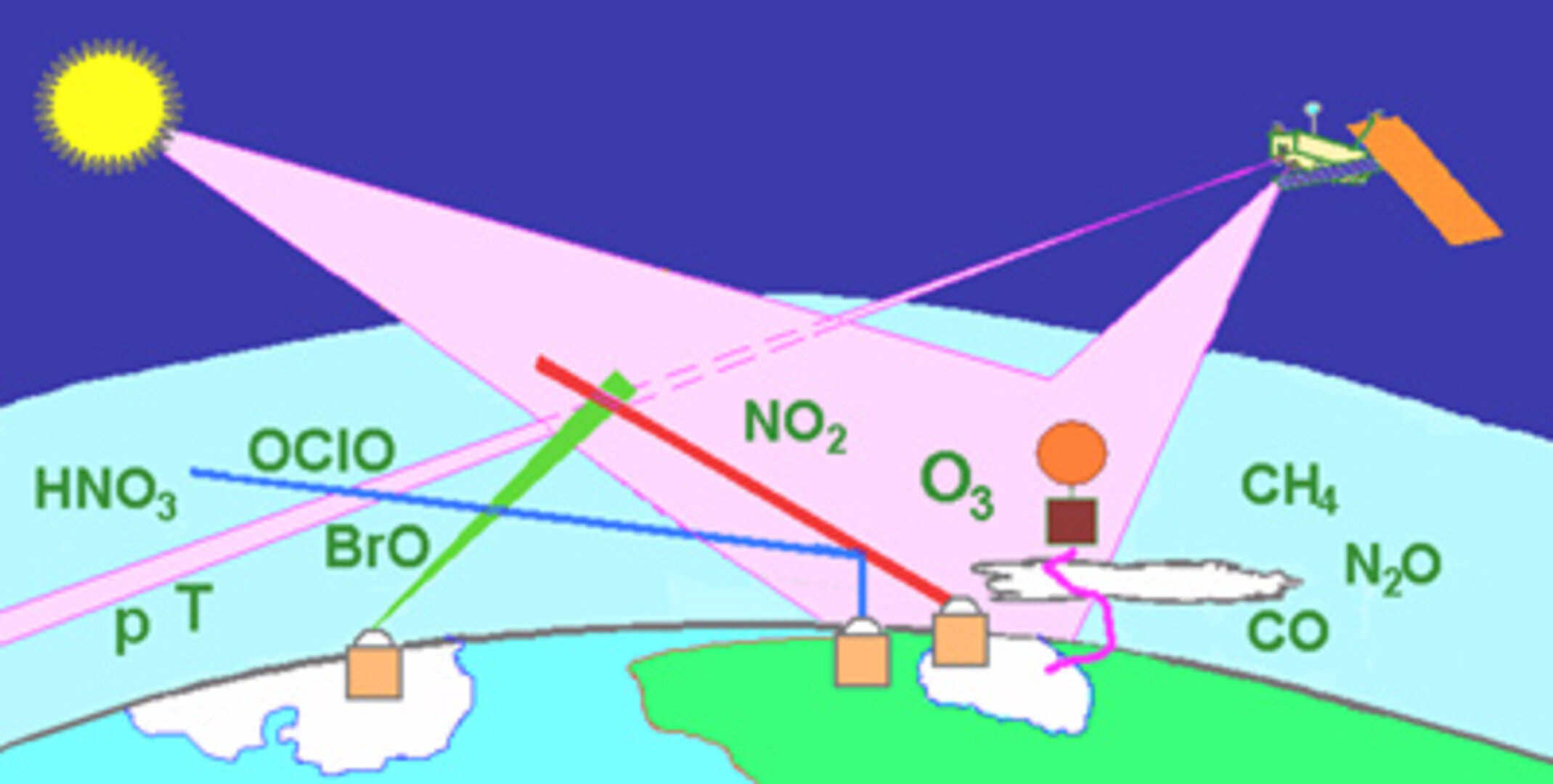A TASTE of Envisat atmospheric chemistry
To ensure that the data record acquired by the atmospheric instruments on board Envisat are of the highest quality, ESA and a dozen research institutes in Europe, New Zealand and Russia continue the long-term programme of Technical ASsistance To Envisat (TASTE) validation.
The atmospheric chemistry sounders GOMOS, MIPAS and SCIAMACHY on board Envisat contribute to a unique observational data record of the global distribution of key atmospheric constituents, which include ozone, ozone related species, greenhouse gases, manmade pollutants, clouds and aerosols. This global monitoring provides experimental support to atmospheric researchers, meteorological centres, governments and decision makers.

TASTE takes care of the collection of correlative measurements for in-depth examination of Envisat data. Complementary ground-based systems (IR and UV-VIS spectrometers, UV spectrophotometers, MW and UV radiometers) and balloon-borne electrochemical ozone-sondes selected for the project provide observations of ozone from the ground up to an altitude of 60 km. They also provide observations of pressure and temperature, and of high priority species (nitrogen dioxide, nitric acid, bromine and chlorine oxides, methane, nitrous oxide and carbon monoxide).

Correlative data are collected from a list of strategic stations covering major atmospheric states and geographical areas from the Arctic to the Antarctic. Instruments perform a network operation within the framework of the Network for the Detection of Stratospheric Change (NDSC) and/or the Global Ozone Observing System/World Ozone and UV Data Centre (WOUDC), two main contributors to the World Meteorological Organisation's Global Atmospheric Watch (GAW). A prerequisite of NDSC/GAW affiliation is to pass strict certification procedures and to participate in regular inter-comparison and inter-calibration exercises. Such commitments ensure that officially endorsed ground-based data meet three requirements crucial for Envisat long-term validation: high quality standards, long-term consistency of the data records, and relative homogeneity of the networks.

After data retrieval and quality control, newly acquired correlative data are archived promptly in the Envisat Cal/Val Data Centre and are available primarily to validation teams and to developers of retrieval algorithms. Since Envisat's commissioning phase 2002, archived correlative data have been used extensively for algorithm verification and geophysical validation purposes on many occasions, e.g., after the reprocessing in 2004 of Envisat data with upgraded processors (see results presented at AVCE-2 in Frascati, Italy and at the Envisat & ERS Symposium in Salzburg, Austria).
The TASTE consortium itself carries out correlative analysis of freshly acquired Envisat data on a routine basis. It also undertakes delta validation of reprocessed data after major processor upgrades. Detailed analysis at individual stations complement pseudo-global analysis based on the synergistic use of ground-based network data.
With its ground-based ‘tasting’ of Envisat atmospheric chemistry data, month after month, for the entire nominal lifetime of the mission, TASTE assists ESA’s Atmospheric Chemistry Validation Team (ACVT) and Quality Working Groups (QWGs) in understanding and improving the quality and usability of GOMOS, MIPAS and SCIAMACHY data products.





